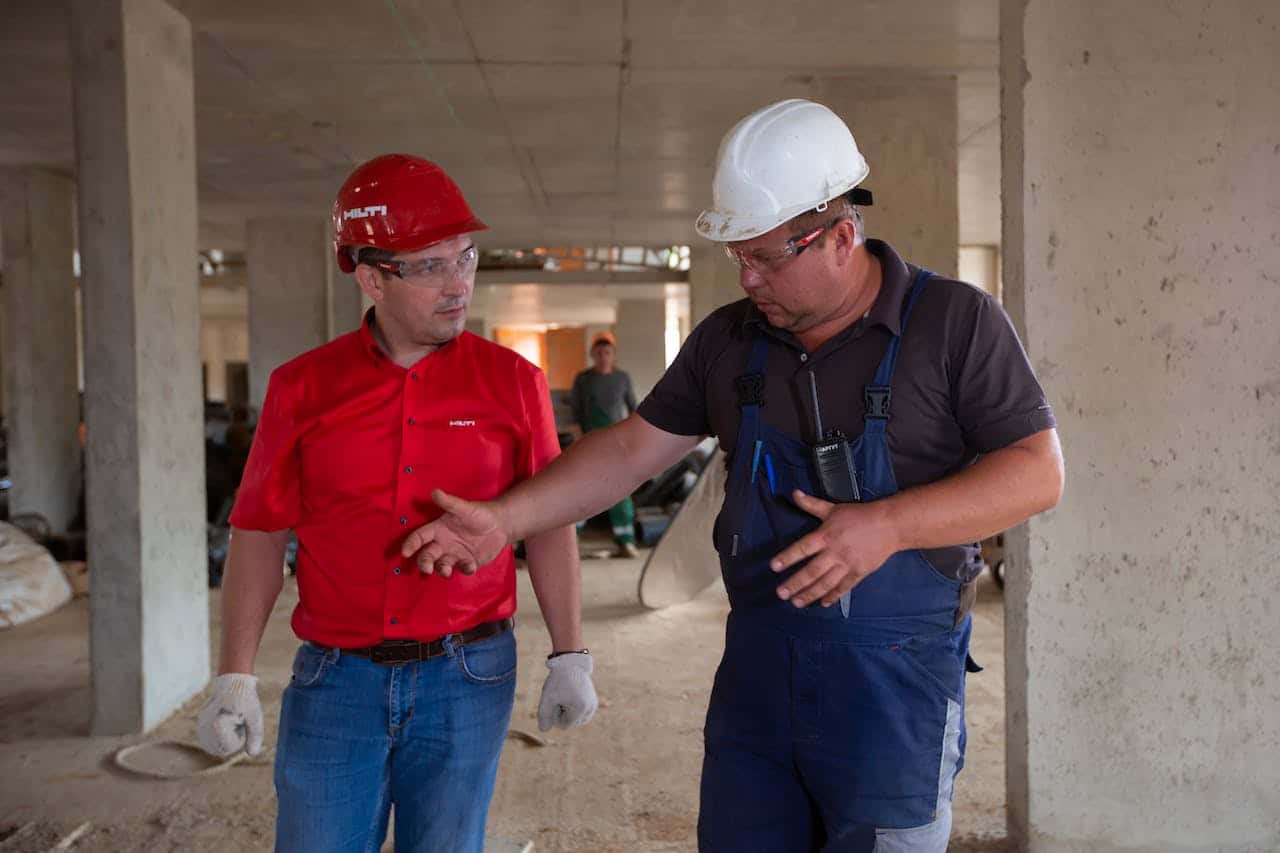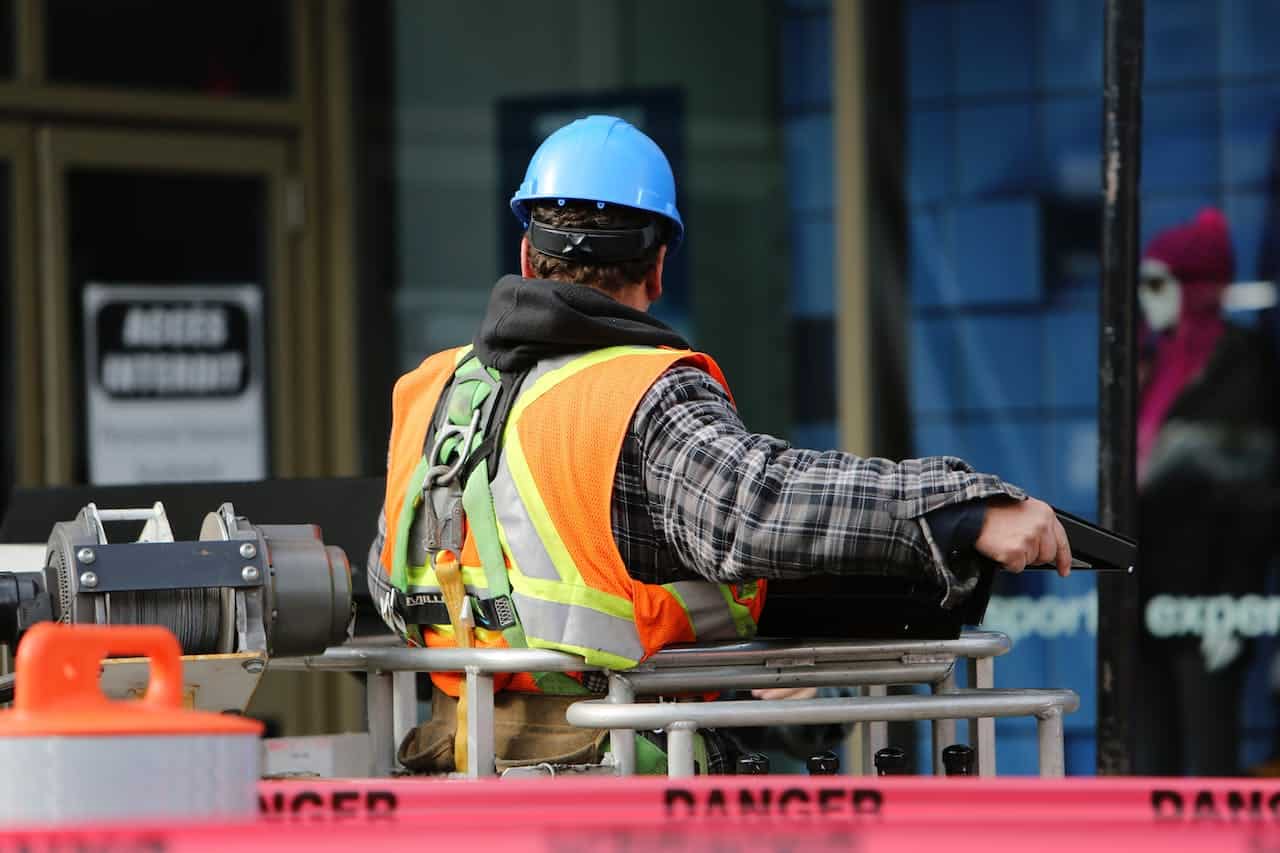
The construction industry is constantly evolving. As modern problems arise, the industry finds new, innovative technology to solve them. Most of these aim to improve efficiency and profitability. Amid the technological revolution, however, lies the question of safety.
According to the Bureau of Labor Statistics, nearly 1 in 5 workplace deaths stemmed from the construction industry. In 2021, the construction sector accounted for about 46.2% of fatal falls, slips, and trips. The unfortunate incidents are often brought about by numerous factors, including operations at elevated heights, extensive use of heavy machinery, and exposure to many hazardous materials, increasing the risk for construction workers on the site.
This underlines the importance of comprehensive safety measures in the construction industry. At the heart of this innovative solution lies the vital role of technology in reshaping the way construction projects are executed and safeguarding the people who work in it. Here are some of the ways technology contributes to safety and ease.
Technology for Precision
The construction industry requires precision in most of the tasks that it undertakes. Measurement serves as the lifeblood of many construction projects. Accurate measurement ensures that everything will fit as it should, helping create a secure and stable structure. Otherwise, a host of consequences can come out from inaccurate measurements, ranging from simple inconveniences to critical hazards.
Fortunately, a lot of technological advancements led to more precision in the construction industry. This includes the invention of the total station, a surveying instrument that is a combination of electronic theodolite and an electronic distance meter (EDM). This tool provides accurate measurements, including horizontal and vertical angles along with distances.
In recent years, robotic total stations and laser total stations have been instrumental in streamlining work processes through their electronic measurement features. It has made measuring distance and angles so much easier, improving accuracy and ensuring safety in the process.
Technology for Efficiency
There are various innovations meant to boost efficiency in the construction industry, especially with the growing demand for high-quality, affordable buildings and structures. Many of these technological advancements are widely used in various facets of construction operations, from the design phase to project completion. For example, they can determine the best process for finishes using an application that can weigh their options between powder coating and anodizing.
For one, artificial intelligence (AI) is pivotal in helping construction workers perform complex tasks faster while promoting their safety. AI can help project managers determine the job site with the highest risks. This allows them to allocate more resources to mitigate such risks, letting them save time and resources for the entire project. The use of drones and cameras can detect behaviors from workers that can lead to accidents. This includes the lack of protective equipment.
Laser-guided excavation is a remarkable technology when it comes to boosting efficiency. It allows excavators to calculate levels and perform precise digging tasks with less effort and time. Laser scanning technology is also utilized to improve safety by identifying and analyzing hazards when assessing the construction site, including uneven surfaces, obstructed pathways, and unstable structures.
Technology for Communication
Communication has been revolutionized on many building sites with the introduction of digitization. Such tools include tablets, smartphones, and project management applications. They make information sharing a breeze by allowing instantaneous, seamless communication between everyone involved in the construction project. They provide workers with quick, easy access to design information, inventories, and changes.
Project managers can also deal with paperwork more effortlessly. They can manage critical aspects of the project, such as procurement, the building process, and asset management, with ease. With automated processes, workflows could be faster. They allow teams to communicate effectively, giving way to more efficient collaboration.
More importantly, communication through the aid of technology can streamline processes and workflows. This can contribute greatly to workers’ safety and productivity. One such communication tool is an application that serves as the internal communication system where project managers can send information directly to various devices, from computers to cell phones and tablet devices.
Technology for Protection

A lot of technological developments focused on the creation of personal protective equipment, which is vital in the construction industry. One of the most important innovations is the safety harness. This groundbreaking alternative to traditional body belts plays a pivotal role in improving the safety of construction workers. Other PPEs commonly used in construction sites include full-body suits, hard hats, gloves, earplugs, safety goggles, face shields, and more.
In recent years, it has become more common to see technology integrated into PPE products. Wearable technology like smartwatches can improve safety during construction work by monitoring construction workers’ vital signs like their heart rate and body temperature and providing alerts of potential hazards.
One of the best examples of wearable technology is exoskeletons, a wearable machine that allows workers to distribute their weight more evenly and provide lift support. This is integral in lessening workers’ risk of long-term and fatal injuries.
Other construction gears come with sensors that can alert workers when problems like gas leaks and excessive heat arise. Through wearable technology, construction workers will be able to identify and address problems much more quickly.
Final Thoughts
Technology has permeated various facets of life. It is just as important in the construction industry, where work-related injuries and accidents are quite common. With advancements in technology, the construction industry progressed into a more efficient and cost-effective system. They can automate finding parts of equipment that need replacements, such as exploring the different John Deere aftermarket parts. They are also quite useful in minimizing risks and incidents that put the lives of workers in danger.
As more and more equipment, tools, and applications are integrated with technology, construction projects are relatively safer. They are also completed faster, as a lot of technological advancements aid efficiency, productivity, and cost-effectiveness. Construction firms and contractors that are hesitant to harness the power of technology will miss out on a lot of opportunities when it comes to streamlining and completing projects at a faster and larger scale.
The post The Technology Safeguarding Modern Construction appeared first on ThingsMenBuy.com.
from ThingsMenBuy.com https://www.thingsmenbuy.com/the-technology-safeguarding-modern-construction/
via IFTTT
No comments:
Post a Comment